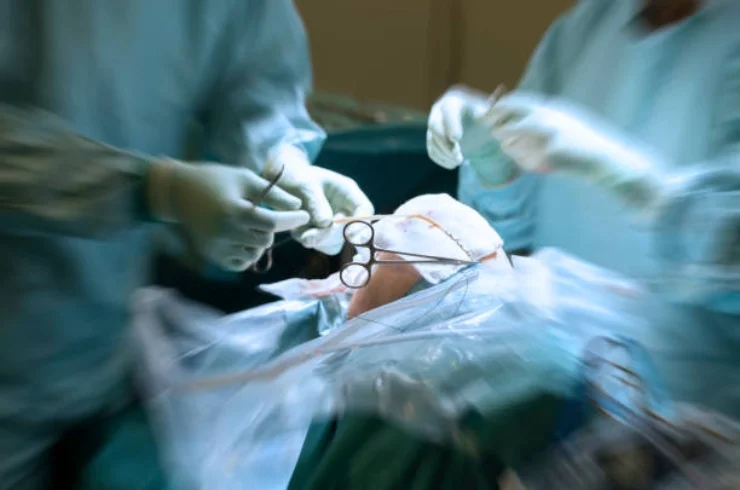ACL & PCL Reconstruction

ACL & PCL Reconstruction: Restoring Stability and Function to the Knee
Overview
The anterior cruciate ligament (ACL) and posterior cruciate ligament (PCL) are critical stabilizing structures in the knee joint. They play a vital role in maintaining the stability of the knee, especially during activities involving sudden movements, pivoting, or changes in direction. Injuries to these ligaments are common, particularly in athletes involved in sports like football, basketball, soccer, and skiing.
ACL Reconstruction
The ACL is located in the front of the knee and helps prevent the tibia (shinbone) from sliding forward relative to the femur (thighbone).
ACL injuries typically occur during activities that involve jumping, rapid direction changes, or sudden stops. A torn ACL is one of the most common knee injuries and often requires surgical intervention to restore stability and function.
Procedure: ACL reconstruction involves replacing the damaged ligament with a graft, often taken from the patient’s own body (autograft) or a donor (allograft). The most commonly used grafts are taken from the patellar tendon, hamstring tendon, or quadriceps tendon. The surgeon uses minimally invasive arthroscopic techniques to make small incisions and insert the graft. The new ligament is secured to the femur and tibia using screws or other fixation devices. The goal is to restore normal knee function, prevent instability, and reduce the risk of future injuries.
Recovery: Post-surgery, the recovery involves physical therapy to regain strength, flexibility, and mobility. Full recovery typically takes 6 to 9 months, although some athletes may return to high-level sports activity after this period, depending on the individual’s healing progress.
PCL Reconstruction
The PCL, located at the back of the knee, prevents the tibia from sliding backward in relation to the femur. While less commonly injured than the ACL, PCL tears can occur during high-impact trauma, such as car accidents or sports-related injuries. PCL injuries may be partial or complete, with complete tears requiring surgical reconstruction to restore knee stability.
Procedure: PCL reconstruction is similar to ACL reconstruction in that it involves replacing the torn ligament with a graft. The graft can be taken from the patient’s own body (autograft) or a donor (allograft). Surgeons typically use arthroscopy to perform the procedure through small incisions. The reconstructed PCL is fixed using screws, and in some cases, additional stabilizing techniques may be employed depending on the injury’s severity.
Recovery: The recovery process after PCL reconstruction involves a structured rehabilitation program to regain knee stability, strength, and range of motion. Full recovery may take anywhere from 6 to 12 months, depending on the extent of the injury and the individual’s rehabilitation progress.
Differences Between ACL and PCL Reconstruction
While both ACL and PCL reconstruction procedures involve similar techniques of grafting and stabilization, they differ in terms of the anatomical location of the ligaments, the forces that cause injuries, and the rehabilitation process. ACL injuries are more commonly associated with sports that require quick pivots, jumps, and landings, while PCL injuries often result from direct trauma or contact.
Conclusion
Both ACL and PCL reconstruction surgeries are highly effective in restoring knee stability and function, particularly in athletes and active individuals. These procedures, though demanding in terms of recovery, offer long-term results and help patients return to their daily activities or sports with confidence. With proper rehabilitation and adherence to recovery guidelines, most patients can achieve excellent outcomes and regain full knee function after surgery.
